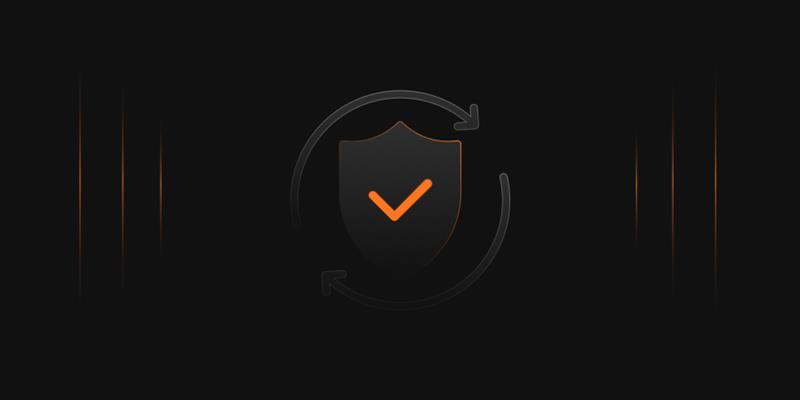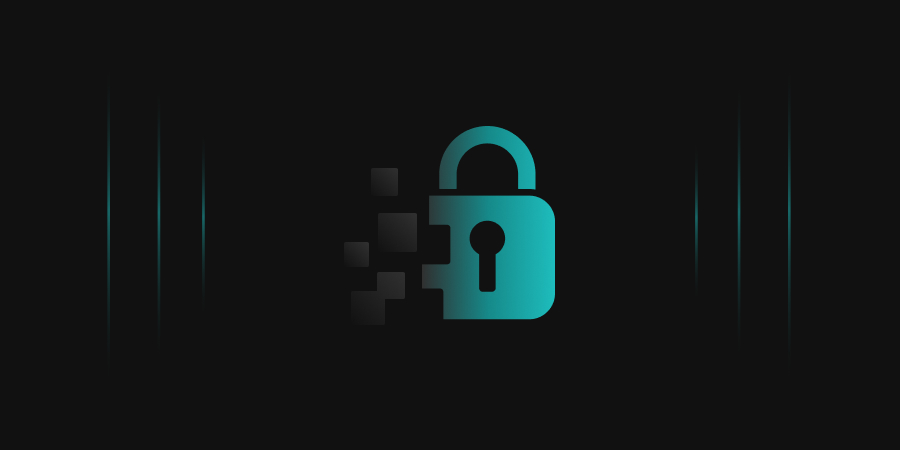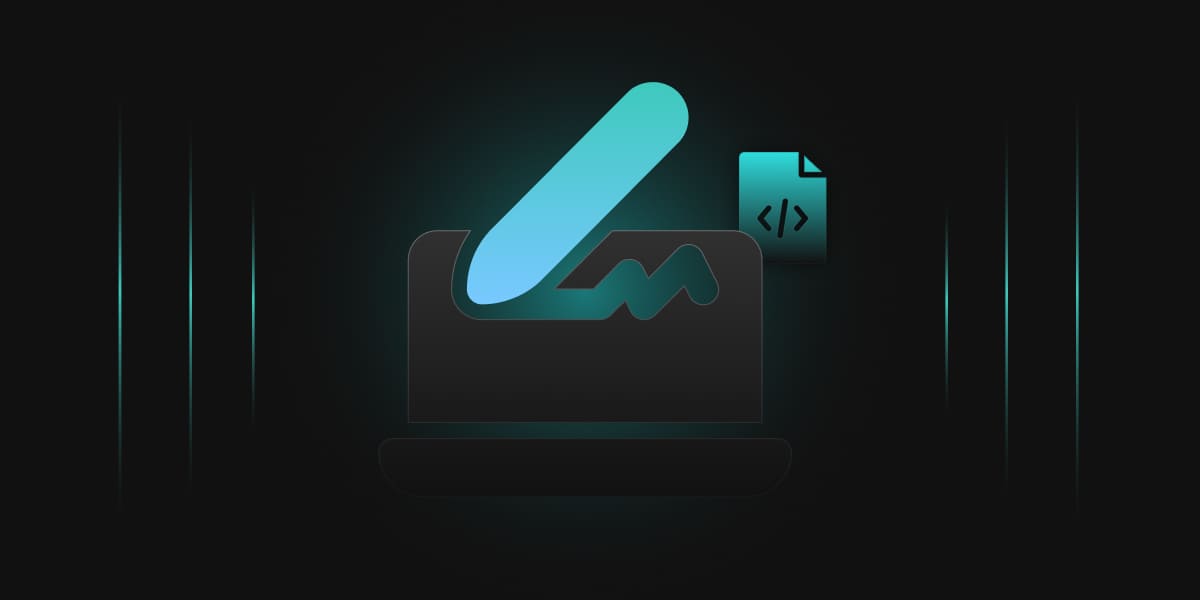- Introduction
- What Exactly is the Software Supply Chain?
- How Software Supply Chain Attacks Actually Happen
- SolarWinds, Codecov & More: Lessons from High-Impact Breaches
- From Source Code to Deployment, Where the Weak Spots Are
- Why CI/CD Pipelines Have Become a Favourite Attack Target
- Code Signing Done Right
- SBOMs, Attestations, and Gaining Visibility Across the Chain
- How EC’s CodeSign Secure Helps Secure Your Software from Build to Delivery
- Compliance-Ready Security: Meeting SLSA, NIST, SSDF, and CRA
- Conclusion
Introduction
When you think of software security, the first things that come to mind are probably firewalls, antivirus, or maybe patching bugs. But today, the biggest risks don’t always come from the code you write. They come from the code you use, the tools you trust, and the systems that build and deliver your applications.
The software supply chain connects everything: your source code, open-source libraries, CI/CD pipelines, build servers, cloud infrastructure, and even the identities used by your automation tools. And if just one of these links is tampered with, attackers can sneak in and compromise the entire product without ever touching your actual codebase.
We’ve seen this play out with attacks like SolarWinds and Codecov. A single compromised update or leaked secret opened the door to massive damage across thousands of organizations. These aren’t just technical issues; they’re security failures that can cost companies trust, money, and time.
With software moving fast and relying heavily on third-party components, protecting the supply chain security is a basic requirement. It’s not about adding extra steps; it’s about making sure what gets delivered is exactly what was intended, and nothing more.
In this article, we’ll break down how supply chain threats happen, where the weak points are, and what you can do to secure the entire process from writing code to shipping it.
What Exactly is the Software Supply Chain?
Think of the software supply chain like putting together a meal; not everything on your plate was made from scratch. You might’ve chopped the veggies yourself, but the sauce came from a jar, the spices were pre-packaged, and someone else handled the delivery. Software works the same way.
When a developer builds an application, it’s not just their own code that ends up in the final product. There are open-source libraries, third-party tools, APIs, build systems, container images, deployment platforms, and scripts, basically a whole bunch of moving parts that all come together to make software work.
These parts are pulled from different places, often automatically, and stitched together by CI/CD pipelines. There’s also input from people developers, DevOps engineers, security teams, and machines, like automated bots or service accounts that move things along behind the scenes.
All of this, the code, the tools, the infrastructure, the people, and the automation, is your software supply chain.
And just like with food safety, if one ingredient is contaminated or mishandled, it can mess up the entire dish. That’s why understanding what’s in your software and how it gets built and shipped is such a big deal.
How Software Supply Chain Attacks Actually Happen
Software supply chain attacks aren’t some distant, movie-style threat—they’re surprisingly real and, honestly, not that complicated. Attackers don’t always come crashing through your firewalls. Instead, they quietly slip in through the tools, libraries, or systems your team already trusts.
Here’s how it usually plays out:
- Target the Dependencies: Most modern apps rely on open-source packages. Attackers sneak malicious code into those packages either by taking over abandoned ones or submitting harmful updates that seem useful. If you pull that package into your build, the attack rides along.
- Compromise the Build Pipeline: Instead of hacking your app directly, attackers aim for the systems that build or deploy it, like your CI/CD pipeline. A leaked token, a misconfigured script, or even a vulnerable plugin can give them access to inject code right before release.
- Steal or Leak Secrets: APIs, databases, and cloud platforms all use tokens and credentials. When these secrets end up in source code or logs (which happens more often than you’d think), attackers can grab them and gain access without setting off any alarms.
- Fake the Source or the Author: In some cases, attackers pretend to be trusted contributors, submitting code that looks totally harmless. If that code gets approved, it becomes part of your product. No alarms. No red flags. Just a quiet backdoor waiting to be used.
- Hijack a Dependency at the Registry Level: If an attacker takes over a package registry account (npm, PyPI, etc.), they can push fake versions of widely used tools. Thousands of apps could unknowingly download and use infected versions.
In short, it’s not always about breaking things; it’s about blending in, looking legit, and letting your systems do the rest. And once the malicious code is in, it can go undetected for months.
SolarWinds, Codecov & More: Lessons from High-Impact Breaches
Sometimes, it takes a major incident to shake things up, and in the world of software supply chain security, a few attacks have done exactly that.
SolarWinds
In late 2020, attackers slipped malicious code into a legitimate software update for SolarWinds’ Orion platform. That update went out to thousands of customers, including big-name government agencies and enterprises. What made this scary? The attackers didn’t hack each target; they got in through the software they already trusted.
Lesson: Just because code comes from a trusted vendor doesn’t mean it’s clean. If your build process isn’t locked down end-to-end, you’re leaving the door wide open.
Codecov
In 2021, attackers got access to Codecov’s Bash Uploader script by tampering with their Docker image. This tool was used by thousands of developers in CI pipelines. The malicious version quietly sent environment variables, including secrets, to a remote server.
Lesson: Even a small change to a tool in your CI/CD pipeline can leak sensitive information to attackers. Anything that touches credentials or builds deserves extra attention.
Other Examples Worth Noting
- Event-Stream (npm): An attacker gained access by offering to help maintain an abandoned package, then added malware targeting crypto wallets.
- UAParser.js (npm): A popular JavaScript library was hijacked to spread malware to systems that installed it.
Lesson: If a package is public, unattended, or widely used, it’s a tempting target. Attackers love it when you trust packages without checking what’s inside.
From Source Code to Deployment, Where the Weak Spots Are
Building software is like running a relay race; your code passes through a bunch of checkpoints before it reaches production. The problem? Every one of those handoffs is a chance for something to go wrong if you’re not paying close attention.
Here’s a breakdown of where things often slip through the cracks:
- Source Code Repos: It starts with the code. But who has access? Are branches protected? If someone pushes a change straight to main without review, or worse, gets access with a stolen token, you’ve got trouble before the build even begins.
- Dependencies: Your project probably relies on hundreds of external packages. Some might be outdated, some unmaintained, and some might even have hidden malware. It’s easy to add a dependency. It’s harder to keep track of what each one brings in.
- CI/CD Pipelines: These automate your builds, tests, and deployments, which is great. But they also handle secrets, run scripts, and talk to production systems. If one job in the pipeline gets compromised, attackers could inject code or leak sensitive data without being noticed.
- Build Artifacts: Once your app is built, the output of your container image, binary, or package is usually trusted without question. But if that artifact isn’t signed or verified, there’s no way to tell if it’s legit or tampered with.
- Deployment Systems: Kubernetes, Terraform, and GitOps tools all help ship software quickly. But they can also be a backdoor if misconfigured. A single exposed API or misused service account can lead straight to production.
Each stage seems simple on its own, but together, they make up a long, interconnected chain. And like any chain, it’s only as strong as the weakest link. That’s why security needs to be part of every step, not something that gets bolted on at the end.
Why CI/CD Pipelines Have Become a Favourite Attack Target
CI/CD pipelines are the beating heart of modern software delivery. They build your code, run your tests, sign your artifacts, and push everything to production automatically. That’s a lot of power in one place. And guess what? Attackers have definitely noticed.
- High Access, Low Visibility: CI/CD tools often have more access than most developers. They can pull code, use secrets, and deploy them to production, all without human input. That makes them a goldmine for attackers. And because most of it happens behind the scenes, malicious changes can go undetected for a while.
- Secrets Stored in Plain Sight: CI/CD environments usually need credentials for things like cloud access, signing keys, and APIs. But if those secrets are stored as plain text, misconfigured, or over-permissioned, they’re low-hanging fruit for attackers who gain access to the pipeline.
- Many Tools, Many Gaps: The pipeline isn’t just one tool; it’s a mix of Git platforms, runners, plugins, package managers, cloud services, and more. If any part of that chain is insecure or unpatched, it opens the door. Attackers don’t need to break everything. Just one piece is enough.
- Exploiting Automation: Once attackers sneak into the pipeline, they can automate the damage. Slip malware into a build, change environment variables, or send secrets to an external server, all without needing constant access. The pipeline does the work for them.
Why You Should Care
If an attacker compromises your CI/CD pipeline, they can ship malicious updates straight to your users. No warnings. No alerts. Just a clean-looking deployment with something nasty baked in.
CI/CD makes shipping code fast and smooth, but without proper controls, it also makes attacks fast and silent. Securing the pipeline isn’t just a DevOps job anymore; it’s a security priority.
Code Signing Done Right
Code signing is like putting a wax seal on your software package. It proves the code really comes from you and hasn’t been messed with along the way. Without proper code signing, anyone could slip malicious code into your app or update. That means users might install something dangerous without knowing it.
Signing your code adds a layer of trust. It tells users and systems, “This is the real deal, safe to run.” It also helps with compliance. Many regulations require proof that software hasn’t been tampered with during delivery. But it’s not just about slapping on a signature. It’s about doing it right using secure keys, protecting those keys, and integrating signing into your build and release pipeline. If code signing is clunky or manual, people skip it or mess it up. That creates risks.
Doing it right means automation, strong cryptography, and clear policies.
In today’s software world, where attacks can come from inside your supply chain, strong code signing is a must-have, not a nice-to-have.
SBOMs, Attestations, and Gaining Visibility Across the Chain
When it comes to software supply chains, you can’t protect what you can’t see. That’s where things like SBOMs and attestations come into play; they give you a clear picture of what’s inside your software and how it got there.
What’s an SBOM, Anyway?
SBOM stands for Software Bill of Materials. Think of it as an ingredient list for your software, showing every component, library, and dependency that’s bundled together. It helps teams spot vulnerabilities quickly and makes compliance a lot easier.
Why Are Attestations Important?
Attestations are like digital receipts confirming certain steps happened during your build or release process. For example, an attestation might prove your code was scanned for vulnerabilities or that it was signed by a trusted key.
Seeing the Whole Chain
Together, SBOMs and attestations give you better insight into what’s inside your apps and how they were built. This visibility helps catch problems early, avoid risks, and respond faster if something does go wrong.
Better Transparency, Better Security
When you know exactly what’s running in production, and you have proof that your code passed through the right checks, it’s easier to trust your software and easier to prove it to customers and auditors, too.
How EC’s CodeSign Secure Helps Secure Your Software from Build to Delivery
Our CodeSign Secure is like your software’s bodyguard, making sure everything stays legit from the moment your code is built until it reaches users.
It signs your container images and other artifacts automatically, so you always know they haven’t been tampered with. No more wondering if what’s in production is the same as what you tested.
Our platform also lets you attach metadata called attestations, proof that your build passed certain security checks or compliance steps. That means you get full visibility into your software’s journey.
Plus, it works smoothly with popular CI/CD tools, so signing and verifying fit right into your existing workflows without slowing things down.
And because our CodeSign Secure supports modern standards, it plays well with tools across the supply chain, making it easier to keep your software trusted at every step.
With our platform, you’re not just signing code, you’re building confidence in what you deliver.
Compliance-Ready Security: Meeting SLSA, NIST, SSDF, and CRA
Keeping your software supply chain secure isn’t just good practice; it’s often a must to meet industry standards and regulations. That’s where frameworks like SLSA, NIST SSDF, and CRA come in.
What Are These Frameworks?
- SLSA (Supply-chain Levels for Software Artifacts) is a checklist to make sure your build processes are trustworthy and protected from tampering.
- NIST SSDF (Secure Software Development Framework) offers guidelines on building security into your development lifecycle, focusing on reducing risks in software delivery.
- CRA (Cybersecurity Risk Assessment) helps organizations identify and manage risks across their software supply chain.
Why Do They Matter?
Following these frameworks means you’re taking concrete steps to lock down your pipeline and protect your software. They provide clear, actionable guidance so you’re not just guessing what to secure.
How CodeSign Secure Helps
Platforms like our CodeSign Secure make ticking off these boxes easier. By automating code signing and artifact attestation, our platform supports your compliance efforts without adding extra manual work.
At the end of the day, following these standards helps you build trust with your customers, partners, and auditors, all while keeping the bad guys out.
Conclusion
The software supply chain isn’t just about writing clean code anymore. It’s about knowing what goes into your builds, how your software is assembled, and being able to prove that nothing shady happened along the way.
Attackers are getting smarter, and they’re aiming at the tools and automation you rely on every day. Whether it’s a compromised dependency, a leaky CI job, or a sneaky unsigned artifact, small gaps can lead to big problems.
That’s why visibility, signing, and traceability aren’t optional anymore. They’re the baseline.
Our CodeSign Secure helps you raise that baseline by securing your artifacts from build to production. With built-in support for automated signing, detailed attestations, and SBOM integration, our platform makes it easier to build trust into every part of your pipeline.
And if you’re aiming for high standards like SLSA Level 3 or beyond, our platform has your back with reproducible build support so you can verify that what you build locally is exactly what ends up in production, byte for byte.
In a world where software trust is constantly being tested, our platform gives you the tools to show your work and stand by it.
- Introduction
- What Exactly is the Software Supply Chain?
- How Software Supply Chain Attacks Actually Happen
- SolarWinds, Codecov & More: Lessons from High-Impact Breaches
- From Source Code to Deployment, Where the Weak Spots Are
- Why CI/CD Pipelines Have Become a Favourite Attack Target
- Code Signing Done Right
- SBOMs, Attestations, and Gaining Visibility Across the Chain
- How EC’s CodeSign Secure Helps Secure Your Software from Build to Delivery
- Compliance-Ready Security: Meeting SLSA, NIST, SSDF, and CRA
- Conclusion




